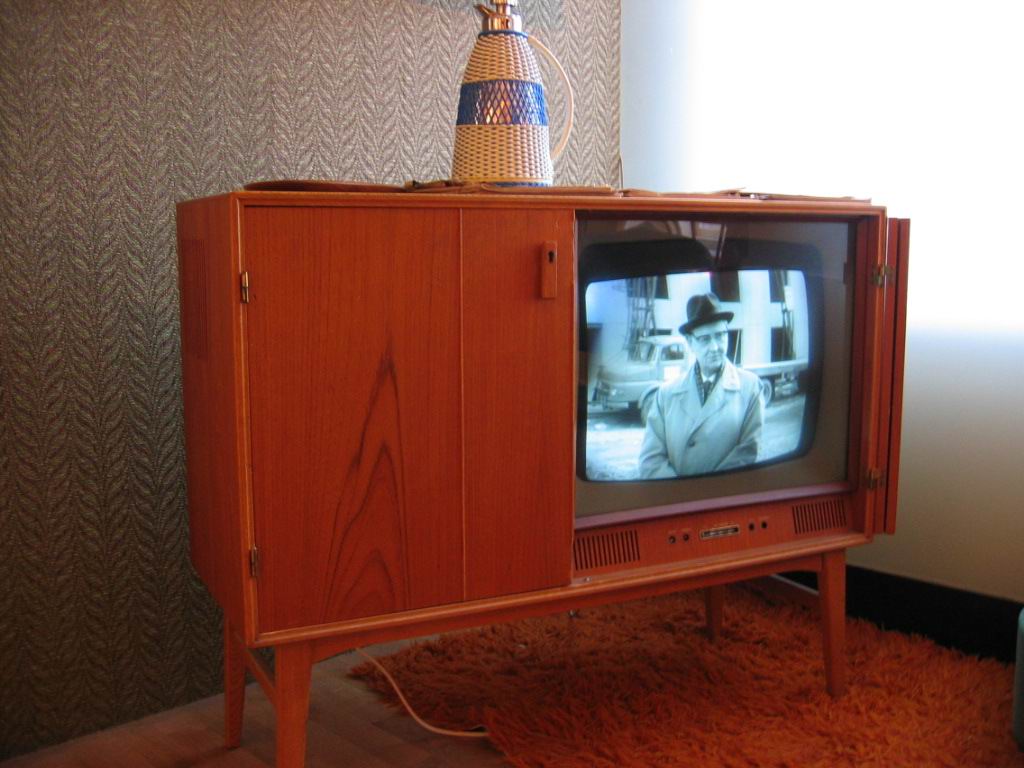In the good old days, Radio was a means of entertainment and education. But with the advent of television in our life, radio has become a secondary important thing.
The World Television Day is observed on 21 November every year. On December 17, 1996, the UN General Assembly proclaimed November 21 as World Television Day to commemorate the date on which the first World Television Forum was held earlier that year. The UN invited all member states to observe the day by encouraging global exchanges of television programs focusing among other things, on issues such as peace, security, economic and social development and cultural change enhancement. Since that time every year, 21 November is being observed as WTD (World Television Day).
Radio was a medium which was an audio-centered one. You could listen to the programs of music, talks and lectures and also your favorite film tracks. It was thus only an audio medium.
But television is both an audio as well as visual medium. There are countless channels providing a plethora of programs of entertainment and education in many languages. Both young and old people are hooked to this kind of pastime mode of know-how. Important announcements are made on TV. One can watch one’s favorite program while having a cup of tea or eating something else.
All types of amusement channels are available to educate, entertainment and gladden the viewers. Many sports and games events are telecast live. Olympic Games can be viewed as they progress.
Your favorite actors and actresses amuse you through their myriad ways of acting. A Charlie Chaplin or Jackie Chan is available today on your TV screen. Michael Jackson, Pandit Ravi Shankari and Beatles and a host of other musicians are a toast to your ears.
Thus, TV has become a powerful tool of education, entertainment and propaganda. That is why the WTD is observed on November 21.
Similar Posts
Here’s a chronological development of television, focusing on key milestones:
1800s – Early Foundations:
- 1884: Paul Nipkow patents the first mechanical scanning device
- 1897: Ferdinand Braun invents the cathode ray tube (CRT)
1920s – First Breakthroughs:
- 1925: First television image transmitted by John Logie Baird
- 1927: Philo Farnsworth demonstrates first electronic television system
- 1928: First television station (W2XB) begins experimental broadcasts
1930s – Commercial Dawn:
- 1936: BBC launches world’s first public television service
- 1939: NBC begins regular television broadcasts
- 1939: First televised baseball game airs in the United States
1940s – Early Growth:
- 1941: First TV commercial airs in the USA
- 1946: First network television series debuts
- 1948: Cable television introduced in Pennsylvania
- 1949: First Emmy Awards ceremony held
1950s – Golden Age:
- 1951: First coast-to-coast television broadcast in the US
- 1953: First color television sets available to consumers
- 1956: Videotape recording invented
- 1959: Quiz show scandals reshape television regulations
1960s – Global Connection:
- 1962: First television signal transmitted via satellite (Telstar)
- 1963: First instant replay used in sports broadcast
- 1967: First Super Bowl televised
- 1969: Moon landing watched by 600 million viewers worldwide
1970s – Technology Advances:
- 1972: Home video games introduced (Magnavox Odyssey)
- 1975: HBO becomes first successful premium cable service
- 1976: VHS format introduced
- 1979: ESPN launches as first 24-hour sports network
1980s – Cable Explosion:
- 1980: CNN launches as first 24-hour news channel
- 1981: MTV debuts
- 1985: Discovery Channel launches
- 1987: High-definition TV standards developed
1990s – Digital Revolution:
- 1993: First digital satellite TV service launches
- 1994: DirecTV begins operations
- 1996: First World Television Forum held
- 1999: TiVo introduces DVR technology
2000s – HD Era:
- 2003: First HDTV presidential broadcast
- 2006: Twitter launches, changing TV viewing habits
- 2007: Netflix begins streaming service
- 2009: Major US networks switch to digital broadcasting
2010s – Streaming Dominance:
- 2011: Smart TVs become mainstream
- 2013: House of Cards debuts as first major streaming-only series
- 2015: 4K TVs become widely available
- 2019: Major streaming services (Disney+, Apple TV+) launch
2020s – Current Trends:
- 2020: Streaming subscriptions surpass cable TV subscribers
- 2021: 8K TVs enter consumer market
- 2023: AI-enhanced content recommendations become standard
- 2024: Interactive TV experiences gain popularity
Major Impact Areas:
- News delivery
- Entertainment formats
- Educational programming
- Sports broadcasting
- Global connectivity
- Cultural exchange
- Advertising methods
- Social behaviors
- Political communication
- Technological innovation
This historical timeline shows television’s evolution from a mechanical novelty to a global digital medium that continues to shape society and culture.

















